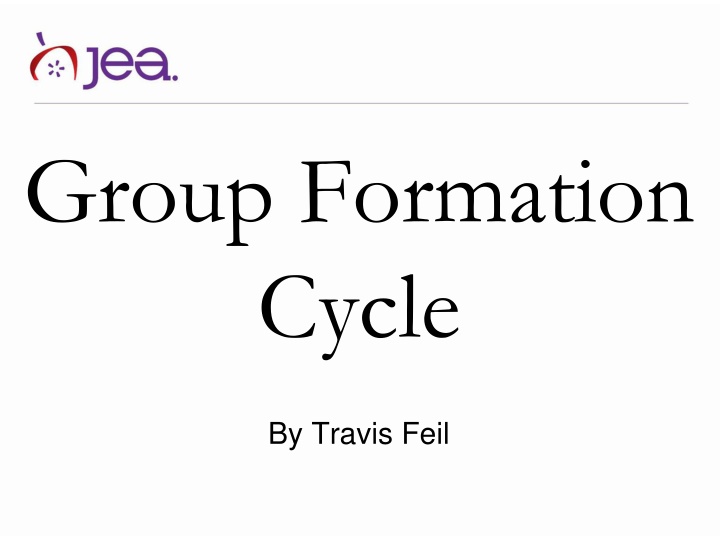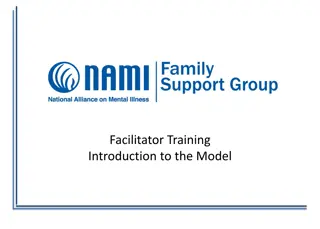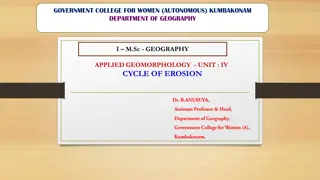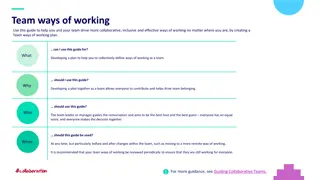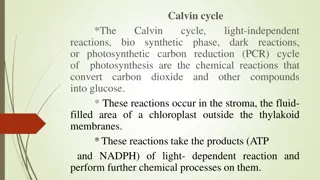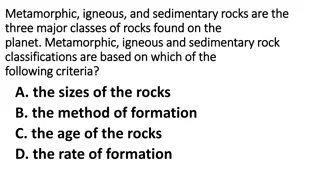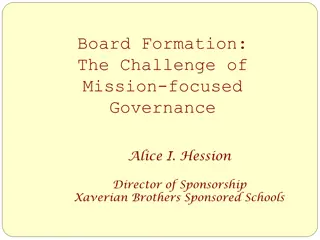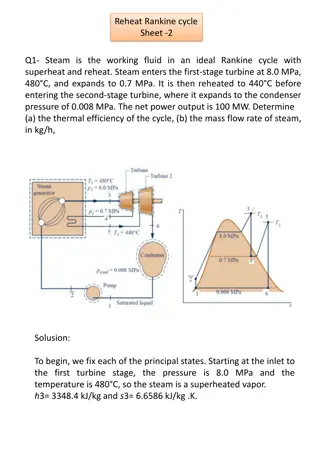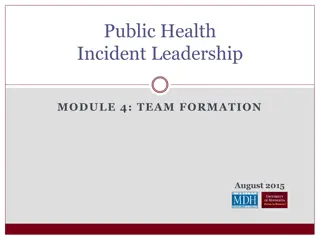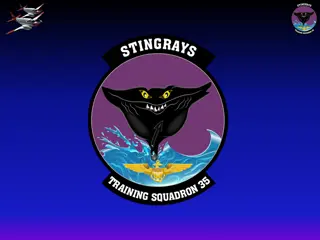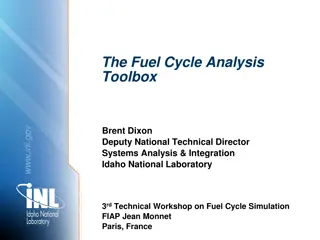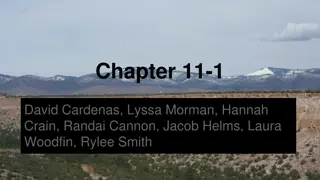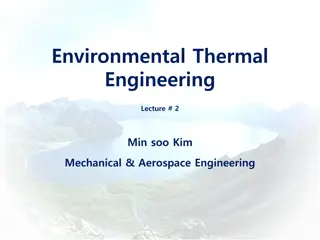Group Formation Cycle: Understanding the Team Dynamics
The stages of group formation - Forming, Storming, Norming, and Performing - shedding light on the challenges, conflicts, and growth opportunities encountered during each phase. Discover insights on handling chaos, building cohesion, and achieving productivity within a team setting.
Download Presentation

Please find below an Image/Link to download the presentation.
The content on the website is provided AS IS for your information and personal use only. It may not be sold, licensed, or shared on other websites without obtaining consent from the author.If you encounter any issues during the download, it is possible that the publisher has removed the file from their server.
You are allowed to download the files provided on this website for personal or commercial use, subject to the condition that they are used lawfully. All files are the property of their respective owners.
The content on the website is provided AS IS for your information and personal use only. It may not be sold, licensed, or shared on other websites without obtaining consent from the author.
E N D
Presentation Transcript
Group Formation Cycle By Travis Feil
Group Formation - Every staff member comes to your publication with different motivations, different expectations, different ideas for accomplishing their own goals, and different abilities. - At the beginning of group formation, you re not a group at all you re a bunch of individuals with unique perspectives.
Group Formation - When those different perspectives come together and a group is established, there are four basic stages the group will go through. - Bruce Tuckman, Developmental Sequence in Small Groups, 1965 1. Forming 2. Storming 3. Norming 4. Performing
Forming Organization: - chaos is normal - people will question their roles, responsibilities, etc. Testing Boundaries: - people will step outside the lines they don t know any better - They ll purposefully break rules, too Clarification: - Expect to have to say the same things over and over - Expect to have to remind people of their roles, responsibilities, etc. Dependence: - People will not want to stand out, so they won t take initiative - You ll be tempted to just do what was done last year - You have to start somewhere what s familiar is most comfortable
Storming Conflict: - People will resist changes to expectations That s not my job. - People will resist suggestions from others Who are you? - Arguing even though you agree It was MY idea. Polarization: - Competition and choosing sides Survivor Alliance Syndrome - Questioning the wisdom of leaders What does she know? Emotional Responses: - Sharp changes in attitude I love this! I hate this! - Defensiveness Every criticism feels like a personal attack - Establishing unrealistic goals Simple naivety and disappointment - Disunity, increased tension, jealousy
Norming Shared goals and objectives: - Work is no longer an individual endeavor; it becomes a team effort - Separation of self from what is produced Group Cohesion: - Friendliness and confiding in one another - Seeking advice from others - Identity shifts I m a ____for the publication. Acceptance of Roles: - Faith in leadership - Acceptance of criticism and ability to express it constructively - Acceptance of function in the bigger picture
Performing Flexibility: - Ability to and willingness to fulfill any objective of the group - Changes in expectations are no longer shocking or emotional - The vision expands and grows Functionality: - When one part fails, another works harder - The leadership asks, How can we make this better? - The staff asks, How can we help? Productivity: - The goals and objectives are met with efficiency - Problems become challenges and result in new ideas
It is a Cycle Throughout a production cycle, or from year to year, the process is interrupted by a fifth stage: ADJOURNING This may be a summer break, a long weekend, a project that interrupts work flow, adding or losing staff members, a change of adviser, or even the printing of a single issue. The cycle continues to turn as long as the group exists.
It is a Cycle - While staff members or advisers may change, the general structure of the group remains through its mission statement, its staff manual, and its relationship to the school community. - The yearbook or newspaper is an entity of its own apart from the people who produce it. It s your job to make the variables (staff members, adviser, production schedules, etc.) adapt to the constant (the publication). - And yes, it s you who defines the constant.
It is a Cycle - Maximum productivity occurs in the Performing stage, so it s your goal as the editor to facilitate a quick movement through the previous stages.
Navigating the Stages - Establish a mission, goals, job descriptions, etc. Focus on these in the beginning and learn them Be clear in what is expected of members. Expect people to be confused, and be prepared to help! Meet (frequently), even outside of class to form a group identity Create convergent and collaborative ventures. Expect emotional responses and don t take them personally. Ask what really works and change what doesn t. Avoid establishing bad habits with new members. Encourage the sharing of ideas and treat them with respect. Celebrate diversity. Embrace the nature of student media. Uphold the law, exercise your rights, and know your responsibilities Realize your publication is, in fact, an educational mistake clinic. - - - - - - - - - -
